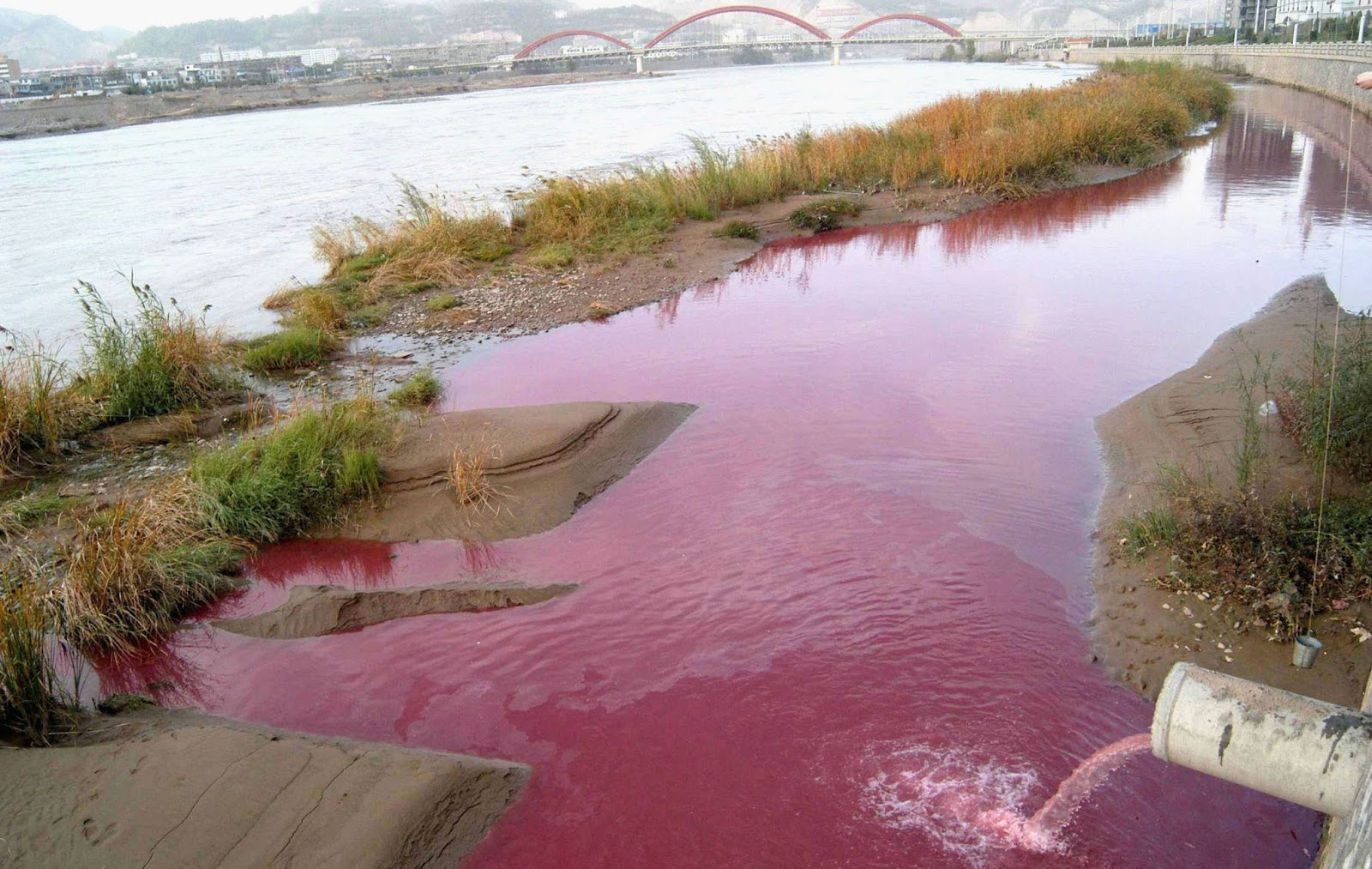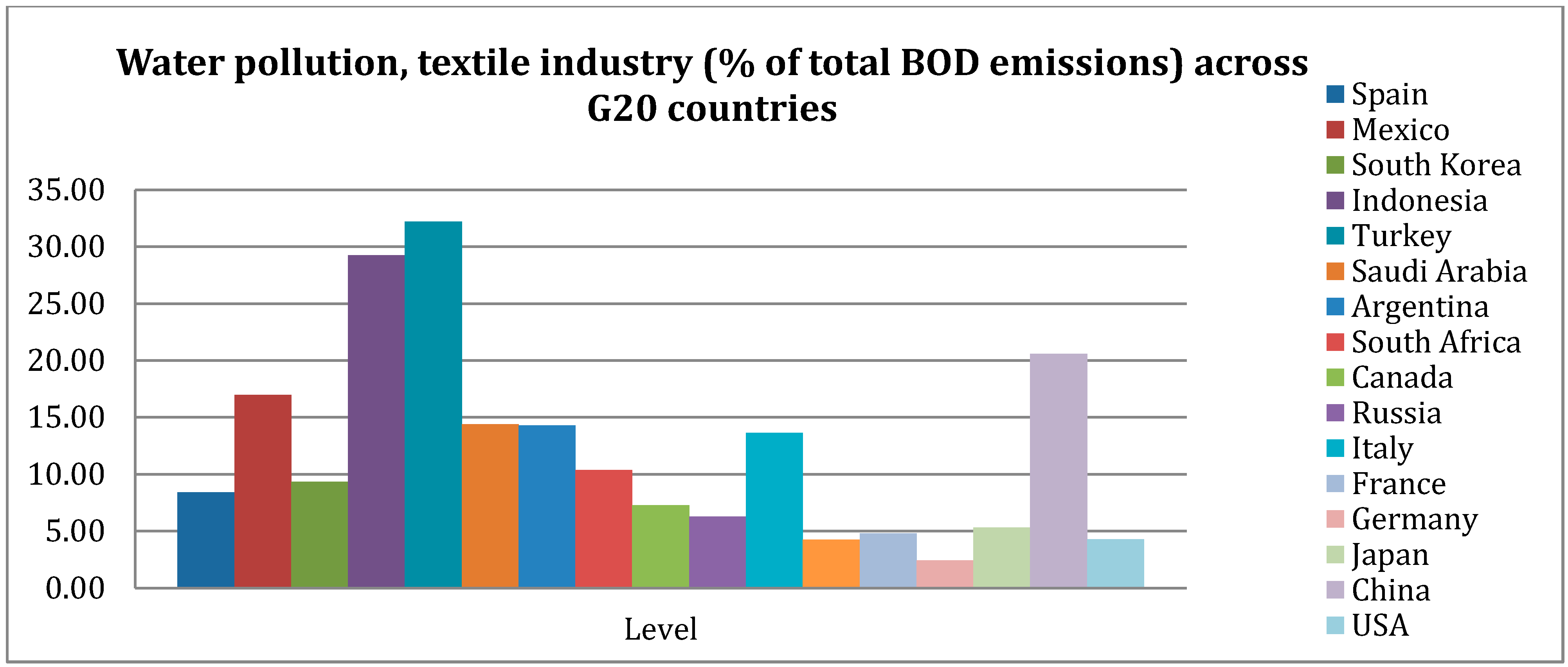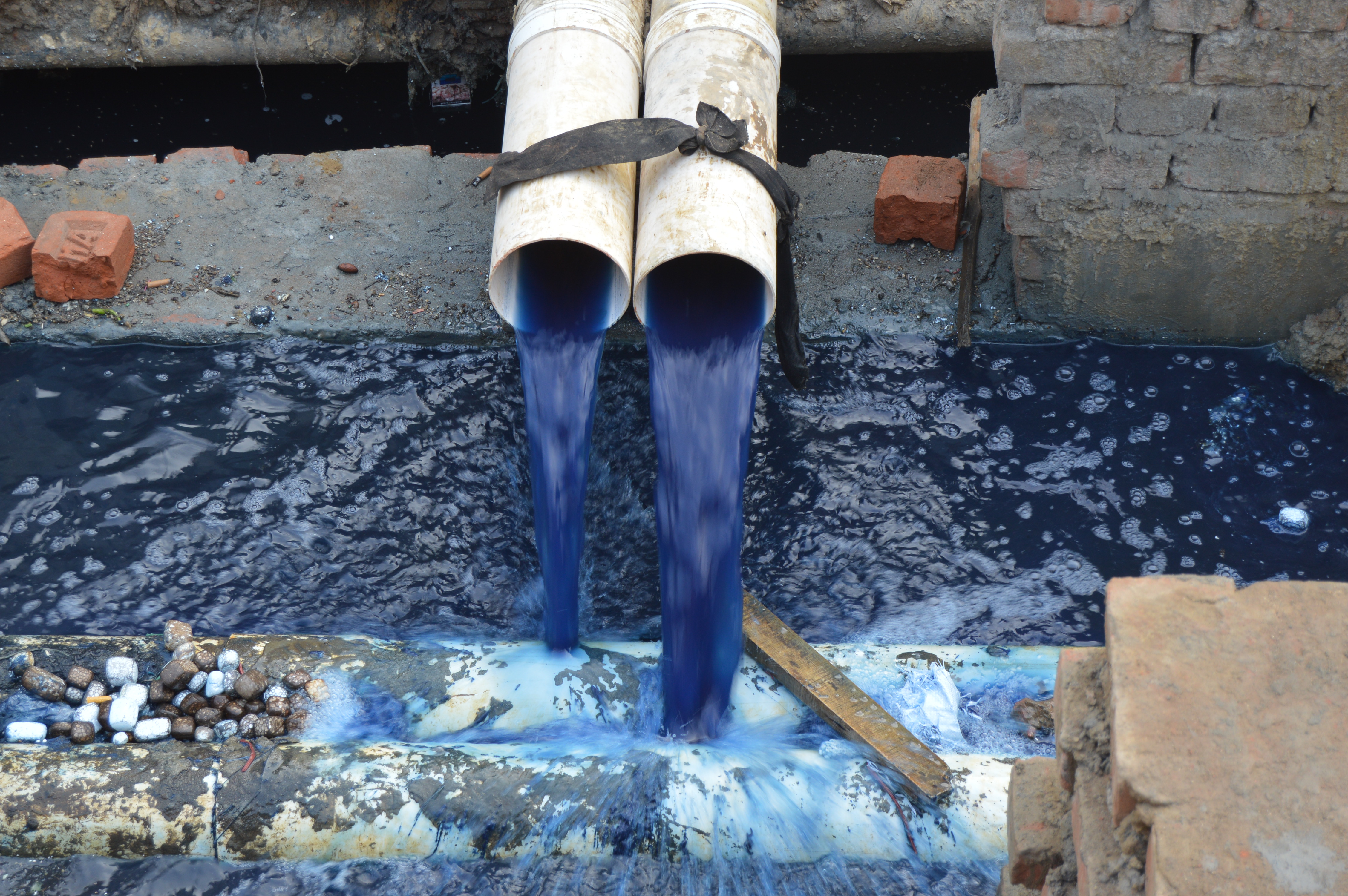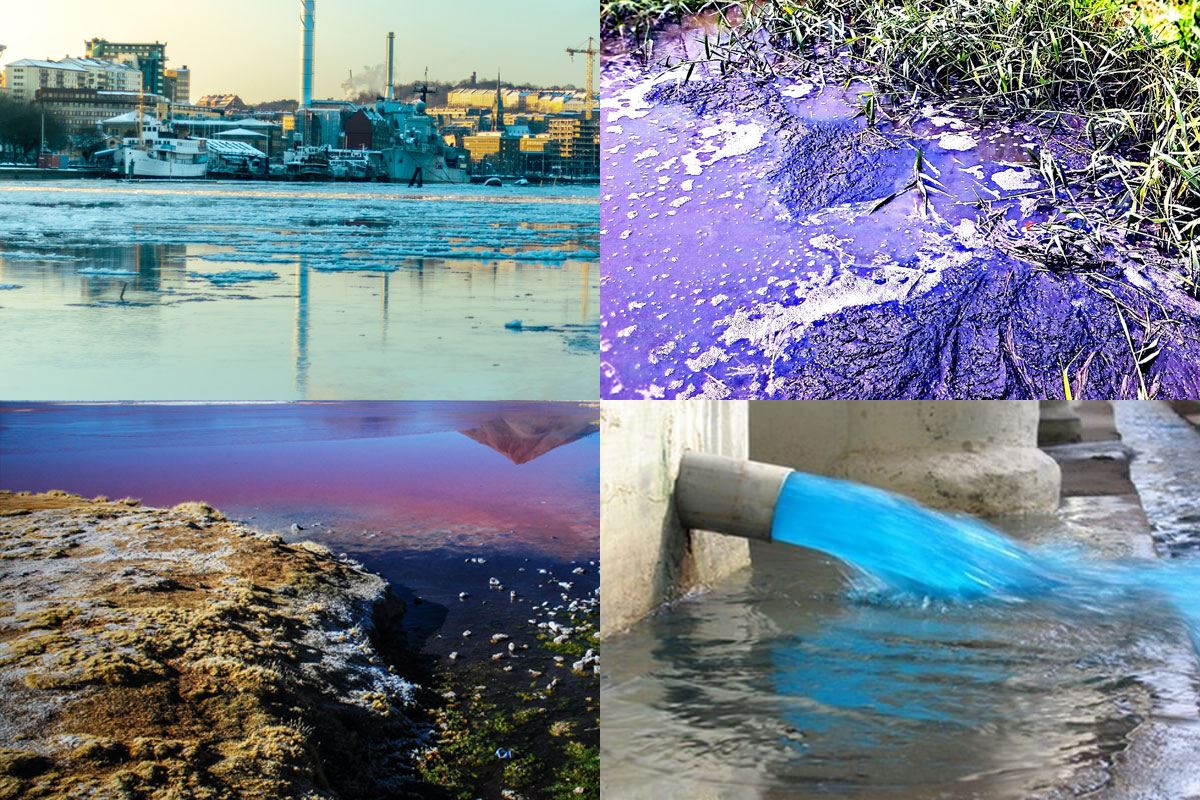How to solve Water pollution caused by textile industries

How to be environment polluted by Textile Industry? Textile Study365
Tiruppur is not an isolated case. According to the World Bank, 20% of water pollution globally is caused by textile processing. Nongovernmental organizations (NGOs) such as environmental groups say parts of India and China are among the most polluted.

Sustainability Free FullText The Textile Industry and Sustainable Development A Holt
4.3 Water Pollution and Health Risks. Textiles consume and pollute water more and ranked 2nd after agriculture portrayed in Table 4. Textile Industry: Pollution Health Risks and Toxicity. In: Muthu, S.S., Khadir, A. (eds) Textile Wastewater Treatment. Sustainable Textiles: Production, Processing, Manufacturing & Chemistry. Springer.

Textile industry under pressure to detox fashion
Water pollution Textile production is estimated to be responsible for about 20% of global clean water pollution from dyeing and finishing products. Laundering synthetic clothes accounts for 35% of primary microplastics released into the environment.

The impact of textile production and waste on the environment (infographic) News European
The textile industry used nearly 80 billion cubic meters of water in 2015 alone Around 10% of worldwide greenhouse gas emissions are brought about during clothing production 500,000 tons of microfibers are sent into ocean waters every year as a result of washing synthetics

The textile industry among the most polluting realities sustainable fashion is growing
Below are the main sources of the textile industry's water pollution. Sources of water pollution by the fashion industry Cotton farming The most widely used natural fabric for clothing, cotton requires large amounts of water for irrigation and treatment, depleting local freshwater and groundwater resources.

Pin by Juliabednarczyk on New unit in 2020 Textile industry, Bad clothing, Water pollution
Islamabad, 14 October 2022 - The Governments of Bangladesh, Indonesia, Pakistan and Viet Nam have joined forces to fight chemical pollution today, launching a joint $43-million programme to manage and reduce hazardous chemicals in their textile industries. Employing over 10 million people, the four nations' textile sectors account for near.

The textile industry, the second biggest polluter in the world Slow Nature®
Approximately 20% of industrial water pollution comes from textile manufacturing. Textile dyeing is the second largest polluter of water globally. The fashion industry alone emits 10% of global carbon emissions, more than all international flights and maritime shipping. 43 million tons of chemicals are used in textile production every year.

Processing in textile industry, wastewater generation, its toxicity and... Download Scientific
CNN — Every year, the textile industry uses 1.3 trillion gallons of water to dye garments - enough to fill 2 million Olympic-sized swimming pools. Most of this water, loaded with harmful.

Textiles Environmental Impacts (Preview) YouTube
Fashion production makes up 10% of humanity's carbon emissions, dries up water sources, and pollutes rivers and streams. What's more, 85% of all textiles go to the dump each year. And washing some types of clothes sends thousands of bits of plastic into the ocean. Here are the most significant impacts fast fashion has on the planet.

river pollution from textile mills Water pollution, Ocean pollution, Photo exhibit
Having demonstrated the remarkable socioeconomic benefit of textile industries, the textile industry has been criticized due to its negative impact on the global environment, including water pollution, air pollution and landfill waste. In any textile industry, each stage of product development produces pollution.

Textile factories face closure over river dumping Materials & Production News News
Water pollution from the textile industry is a huge problem across garment-producing countries, most of which are found in Asia due to its huge pool of cheap labor.

The impact of textile production and waste on the environment (infographic) News European
The textile industry is also the second-largest consumer of the world's water supply and greatly pollutes waterways with microplastics and colourants.

Textiles & Water Bodies A Toxic Relationship [Part 1] » Fashion Sugar, Spice, & Everything Not
Clothing, one of the basic needs, demands the growth of textile industries worldwide, resulting in higher consumption and pollution of water. Consequently, it requires extensive treatment of textile effluent for environmental protection as well as reuse purposes. Primary treatment, secondary treatment, and tertiary treatment are the three major phases of textile wastewater treatment. Secondary.

Water Pollution by Textile Industry in Tirupur News Photo Getty Images
Textile industry wastewater (TIWW) causes serious water and soil pollution. TIWW has high pH, biochemical oxygen demand (BOD), chemical oxygen demand (COD), total dissolved solids (TDS), total organic carbon (TOC), solids suspended (SS), total solids suspended (TSS) sulfate, nitrate, and chloride.

Dark side of colourful textile industry and how far we have progressed towards water
Improper treatment of some hazardous industrial wastes released into bodies of water has had toxic effects on all types of life forms, both directly and indirectly. 3 Textile dyeing is the second-largest polluter of water worldwide, with the fashion industry producing 20% of the world's wastewater alone.

The impact of textile production and waste on the environment (infographic) News European
The clothing and textile industries are especially notorious for contributing to environmental degradation, including greenhouse gas emissions and the generation of wastewater and solid wastes at the various stages of production and long supply chains [ 1, 2 ].